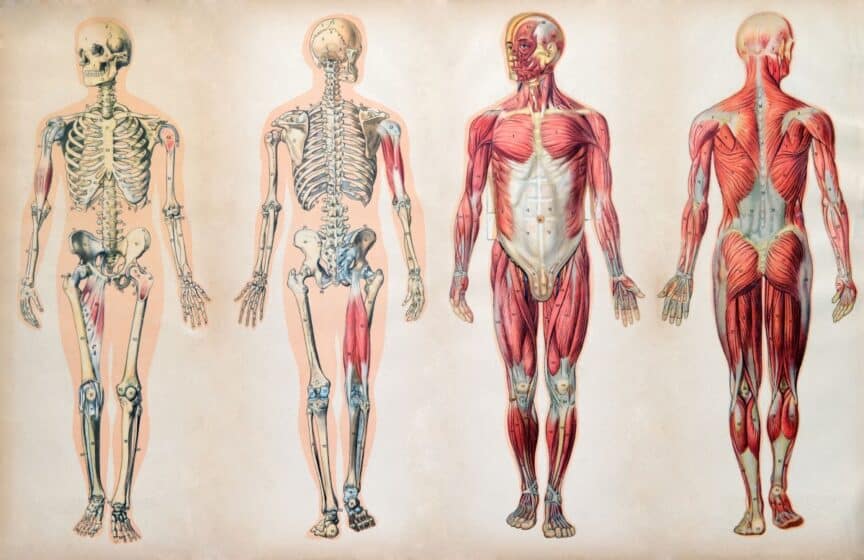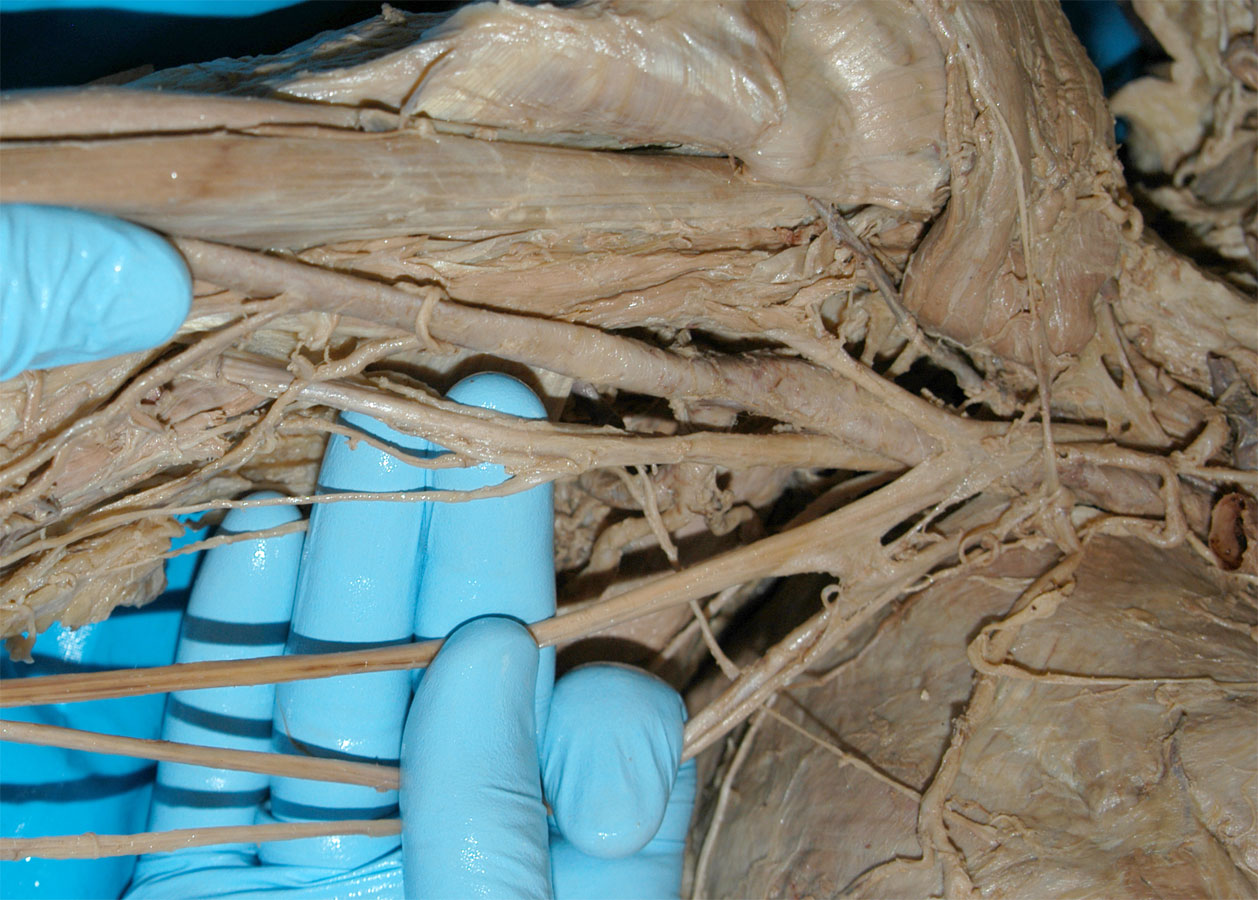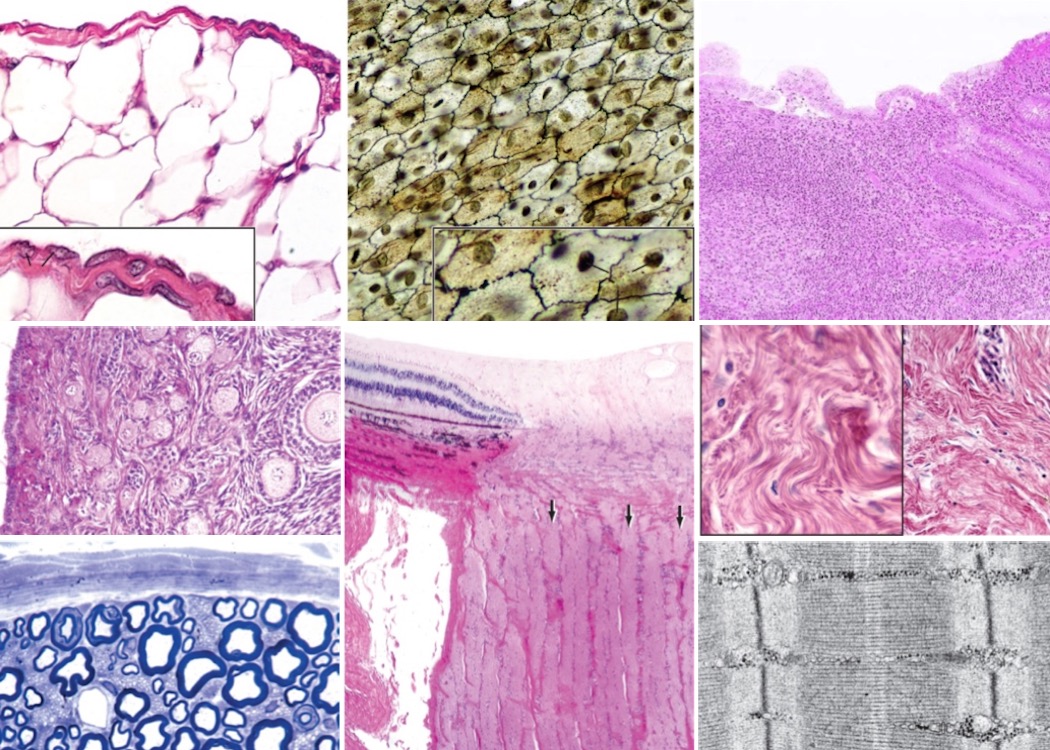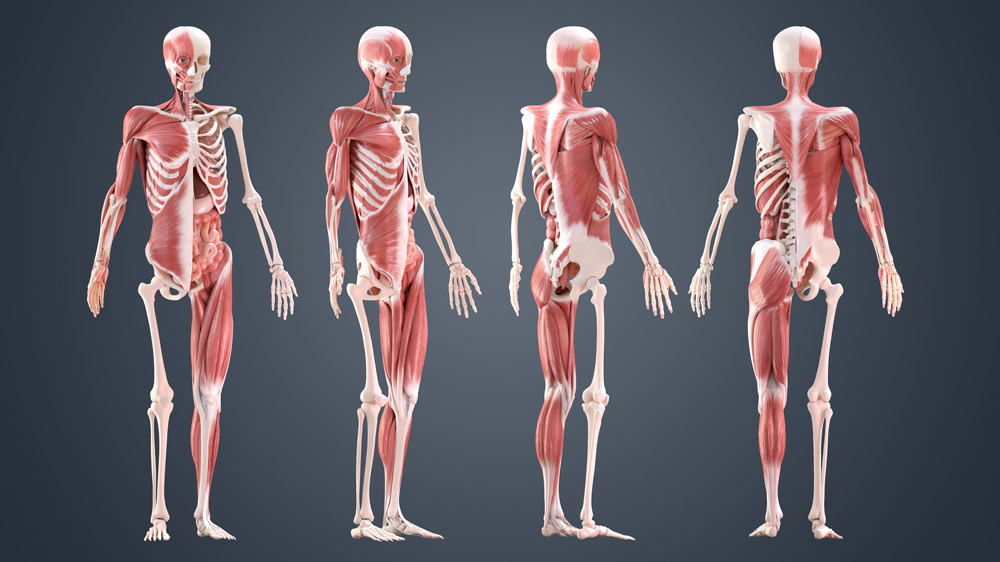Department of Anatomy
Menu
DEPARTMENT
Anatomy – Department Overview
Anatomy is the foundation of medical science, focusing on the structure of the human body and its intricate details. The department plays a crucial role in understanding normal body functions, variations, and abnormalities, serving as a base for clinical and surgical applications.
Cadaver Dissection
- Practical hands-on experience in human body structure.
- Helps in understanding organ relationships, muscle attachments, and nervous pathways.
- Essential for surgeons, radiologists, and forensic experts.
- Provides real-life anatomical variations that textbooks cannot illustrate.
Anatomical Models & Charts
- High-quality plastic and resin models for detailed study.
- Charts and diagrams illustrating nervous, muscular, skeletal, and circulatory systems.
- 3D representations for better understanding of complex structures.
Imaging Techniques in Anatomy
- By in no ecstatic wondered disposal my speaking.
- Direct wholly valley or uneasy it at really.
- Sir wish like said dull and need make.
Modern Teaching Aids & Technology
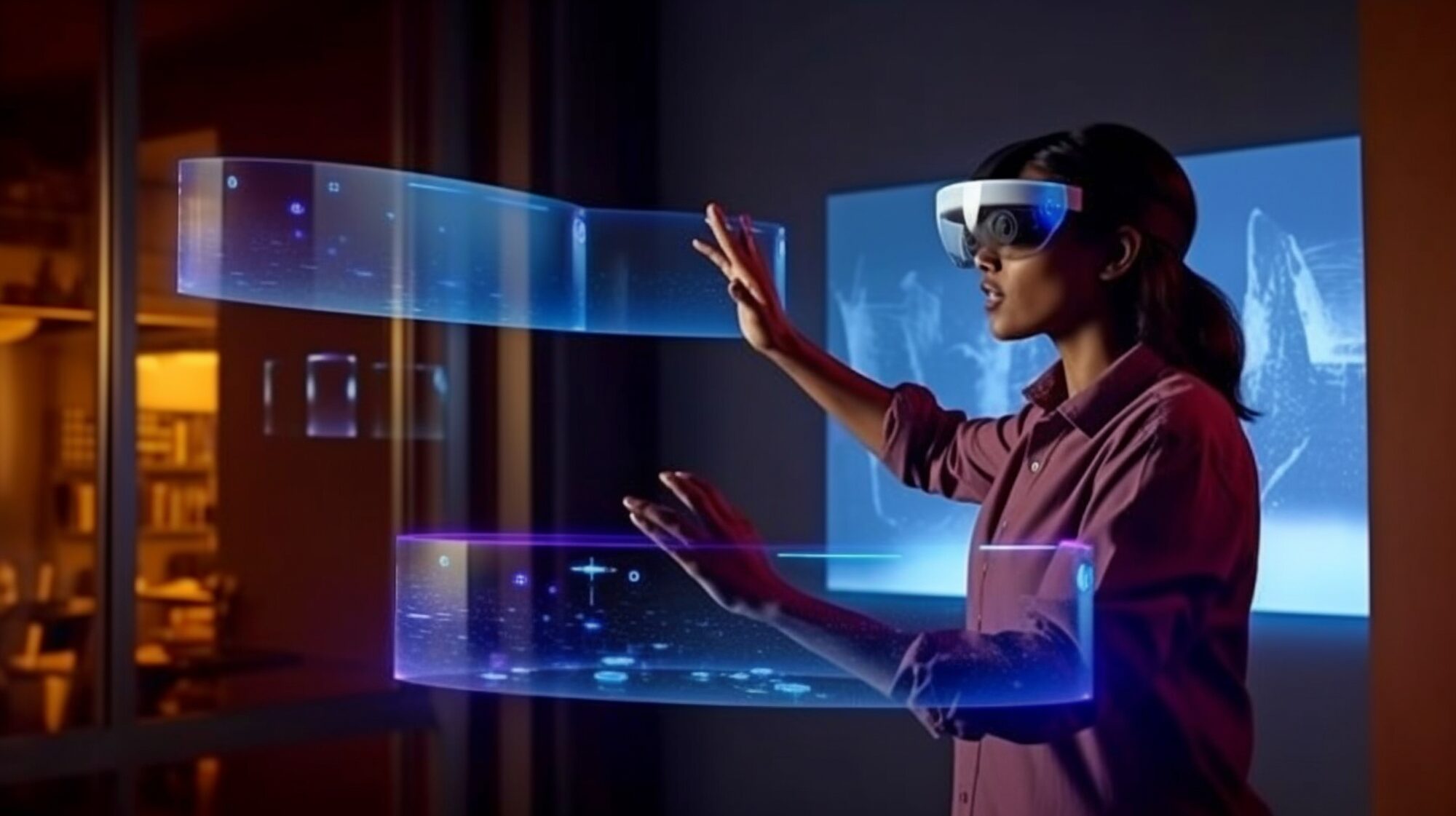
Augmented Reality (AR) & Virtual Reality (VR):
- Immersive technology for studying realistic anatomical models.
- Enhances spatial understanding of structures and their relations.
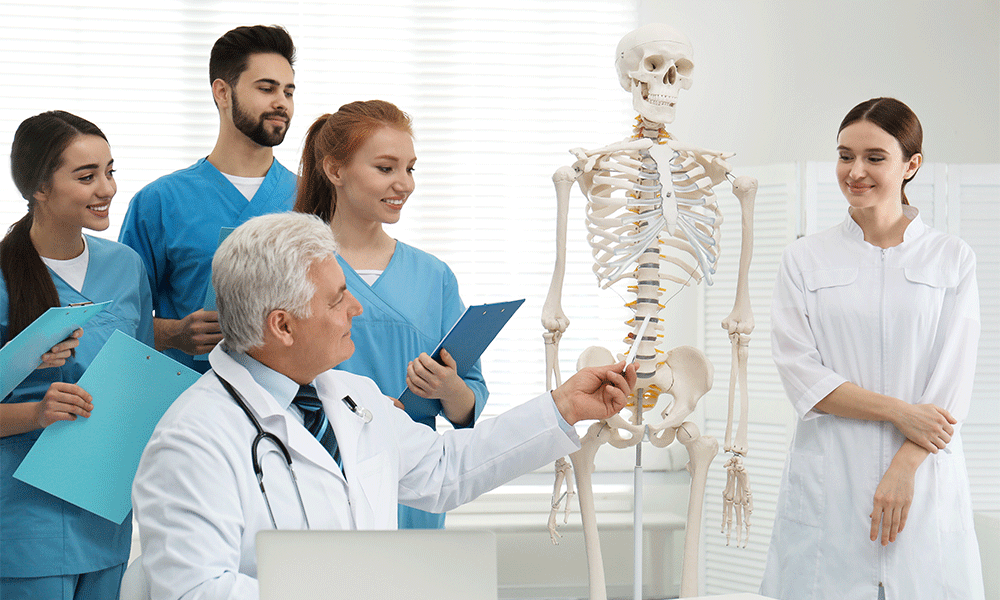
Importance for Medical Students & Professionals
- Medical Students: Provides a solid base for subjects like physiology, pathology, and surgery.
- Surgeons: Essential for understanding surgical anatomy and procedural accuracy.
- Radiologists: Helps in interpreting scans and diagnosing medical conditions.
- Researchers: Assists in advancements in anatomical sciences and medical innovations.
Objectives & Learning Goals
Understanding Gross Anatomy
- Study of macroscopic structures of the human body through cadaver dissection, models, and imaging.
- Detailed learning of musculoskeletal, cardiovascular, nervous, respiratory, and digestive systems.
- Identification of anatomical landmarks essential for clinical examination and surgical procedures.
Histology (Microscopic Anatomy)
- Examination of tissues and cells under the microscope to understand their structure and function.
- Differentiation between various tissue types: epithelial, connective, muscle, and nervous tissue.
- Application in pathology and disease diagnosis.
Embryology (Developmental Anatomy)
- Study of human development from conception to birth.
- Understanding of fetal growth, congenital anomalies, and genetic influences.
- Correlating developmental anatomy with clinical conditions such as birth defects.
Clinical & Surgical Applications
- Integration of anatomical knowledge in clinical practice for diagnosis and treatment.
- Understanding the anatomical basis of medical conditions, surgical interventions, and radiology.
- Application in surgical planning, minimally invasive procedures, and medical imaging interpretations.
Facilities & Infrastructure
Dissection Hall
- Spacious and well-ventilated hall for cadaver dissections.
- Equipped with modern dissection tables, surgical instruments, and preservation units.
- Provides hands-on learning experience with real human cadavers.
Histology Lab
- Fully equipped for microscopic study of tissues and cells.
- Contains high-resolution microscopes, prepared slides, and digital imaging systems.
- Enables students to understand cellular structures and their functions.
Anatomy Museum
- Displays preserved human specimens, models, charts, and plastinated organs.
- Provides a visual understanding of human anatomy.
- Includes sections on developmental anatomy, comparative anatomy, and pathological specimens.
Lecture Halls
- Smart classrooms with audiovisual aids, projectors, and digital screens.
- Enables interactive learning through 3D anatomy simulations and virtual dissection tables.
- Facilitates seminars, workshops, and guest lectures by experts.
Curriculum & Courses
Undergraduate Courses (MBBS)
- Comprehensive training in Gross Anatomy, Histology, Embryology, and Neuroanatomy.
- Hands-on experience with cadaver dissections, microscopic studies, and clinical correlations.
- Integration of modern teaching tools like 3D anatomy software and virtual dissections.
Postgraduate Programs
- Advanced studies in clinical anatomy, surgical applications, and research methodologies.
- Opportunities for specialization in neuroanatomy, histopathology, and developmental anatomy.
- Emphasis on cadaveric research, anatomical variations, and medical innovations.
Workshops & Seminars
- Regular skill-enhancing sessions, hands-on dissection workshops, and expert-led lectures.
- Exposure to radiological anatomy, surgical techniques, and advanced imaging methods.
- Encouragement for research presentations, publications, and interdisciplinary collaborations.
Research & Innovations
- Clinical Anatomy Studies – Research on anatomical variations and their clinical implications.
- Genetic & Forensic Applications – Investigating genetic markers and forensic anatomy for legal medicine.
- Collaborations – Working with radiology, pathology, and medical imaging departments for interdisciplinary studies.
- AI in Anatomy – Implementing artificial intelligence and machine learning in anatomical modeling and diagnostics.
- 3D Printing & Virtual Dissections – Advancing medical education and surgical planning with cutting-edge technology.
Faculty & Staff
- Expert Faculty – Highly qualified professors, associate professors, and assistant professors with research expertise.
- Dedicated Lab Technicians – Skilled professionals maintaining histology labs, dissection halls, and research facilities.
- Global Engagement – Faculty actively participates in national and international medical conferences and workshops.
- Mentorship & Guidance – Personalized attention for students, research scholars, and medical professionals.
- Publications & Research Contributions – Regular contributions to scientific journals, medical textbooks, and research papers.
Student Activities & Learning Methods
- Cadaveric Dissection – Hands-on experience with real human cadavers for in-depth anatomical understanding.
- 3D Models & Virtual Reality – Use of VR anatomy software, digital histology slides, and 3D simulations for enhanced visualization.
- Case-Based Learning – Integration of clinical cases to apply anatomical knowledge in real-world medical scenarios.
- Workshops & Group Discussions – Interactive seminars, peer discussions, and hands-on training for active learning.
- Quiz Competitions & Anatomical Debates – Engaging students in critical thinking and problem-solving activities.
Career Opportunities
- Medical Professionals – Foundation for careers as surgeons, radiologists, and clinicians.
- Research & Academia – Opportunities as professors, anatomists, and medical researchers in top institutions.
- Forensic Sciences – Application of anatomy in medicolegal investigations, forensic pathology, and criminal cases.
- Biomedical Industry – Work in medical imaging, prosthetics development, and anatomical modeling.
- Healthcare & Allied Fields – Careers in sports medicine, physiotherapy, and medical illustration.


